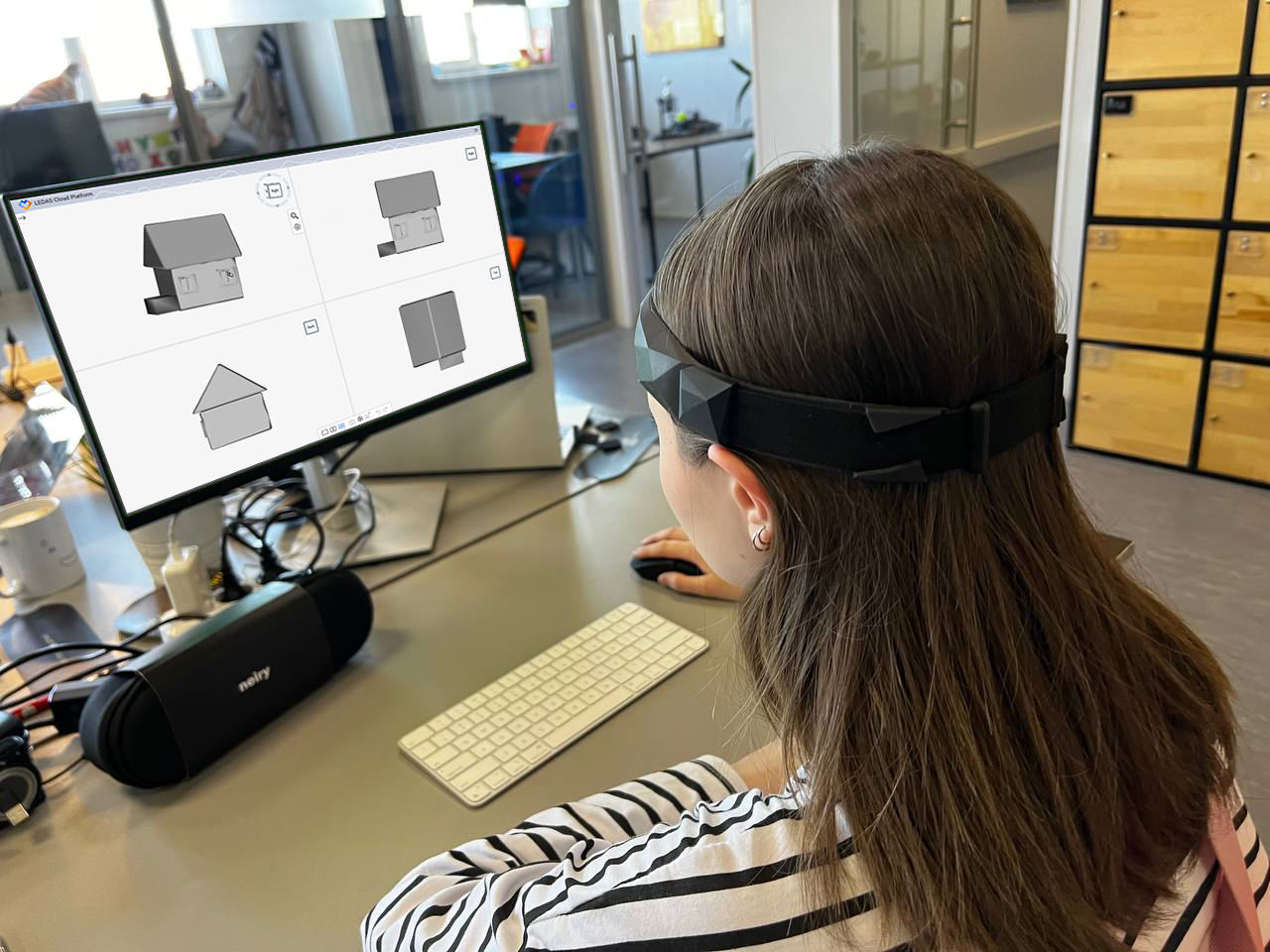Yes, it's our company's 25th anniversary. And we accept congratulations and warm words. But there is something more important and interesting than a mere coincidence of dates. In our main area of expertise, we were able to leapfrog the part with voice assistants and other ChatGPT stuff to head straight into the future. And we're going to tell you about it right now.
Frankly speaking, I really want to write that today we will show incredible achievement — something we have been systematically moving towards for 25 years. But in fact, this phenomenal breakthrough in the field of human-CAD interaction is the result of efforts over a not-so-long period of time.
Of course, this is based on the solutions we have implemented earlier. For example, LEDAS Cloud Platform once again showed itself as a very effective system not only for implementation of large industrial solutions, but also for small prototypes. And our experience in integration of AI into 3D medical software (it is especially effective in orthodontic and orthopedic projects) is very helpful here too. The fact that we have previously implemented five constraint solvers and several 2D and 3D drafting systems and extended few existent solutions also played a huge role.
 But more important than anything else was the progress in brain-to-computer information transfer, and the willingness of the developers of such devices to engage in bold collaborative experiments. We had to constantly train neural networks to modify three-dimensional objects based solely on EEG data.
But more important than anything else was the progress in brain-to-computer information transfer, and the willingness of the developers of such devices to engage in bold collaborative experiments. We had to constantly train neural networks to modify three-dimensional objects based solely on EEG data.
We can discuss it for a long time, but it's better to see it once. All geometric commands come from the neural interface, and we only occasionally use the mouse to help correct the camera position:
As you can see, our prototype is as far from a meaningful commercial application as the man who set out to reach the Moon and just climbed Mount Everest. But we conquered this peak at only 25 years of age, and we managed to form an understanding of where to go next.
So we continue to celebrate our quarter-century anniversary, we continue to implement the most complex mathematical algorithms in the most interesting areas of knowledge, and we continue to enjoy progress in engineering software. Stay tuned, there will be even more interesting things to come!